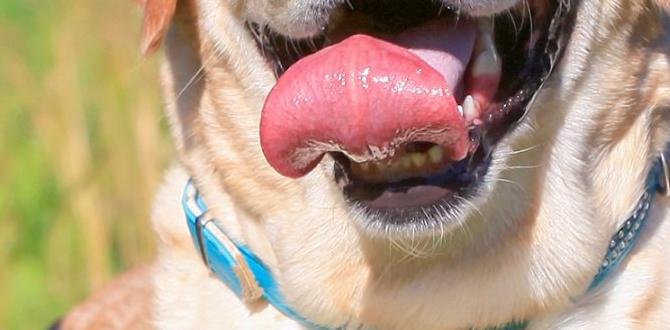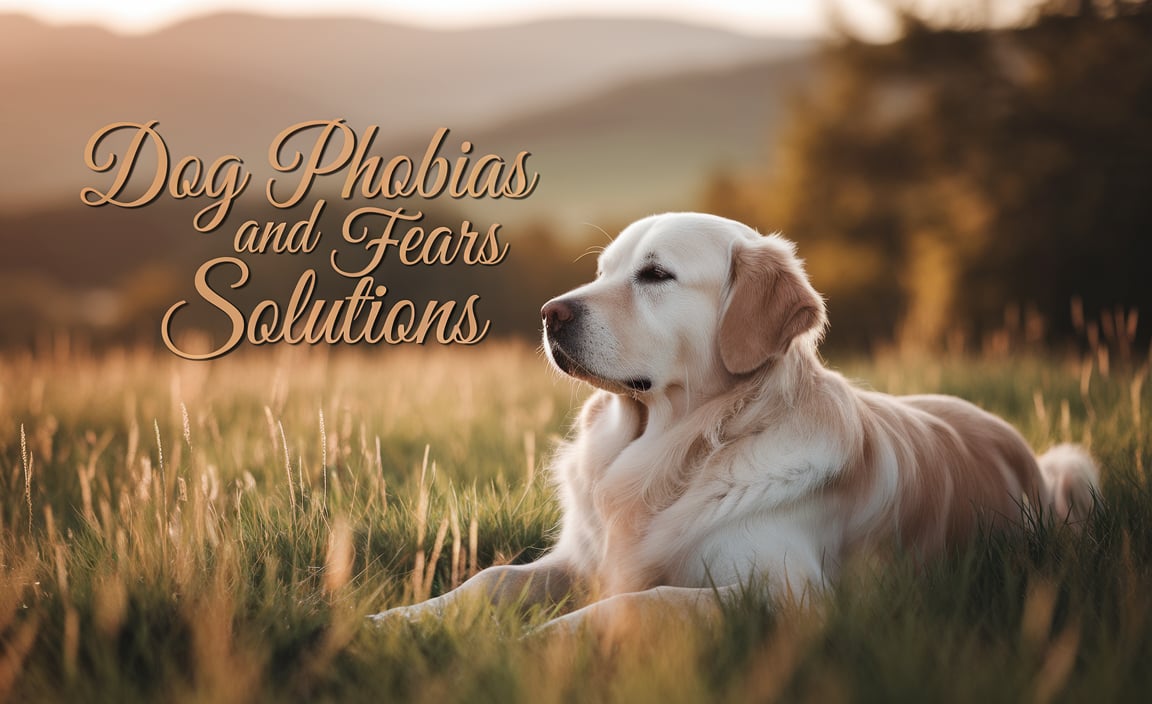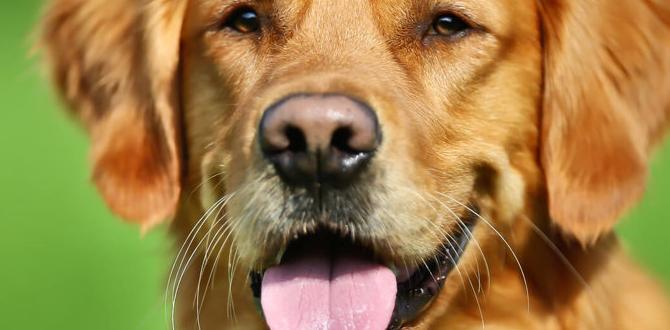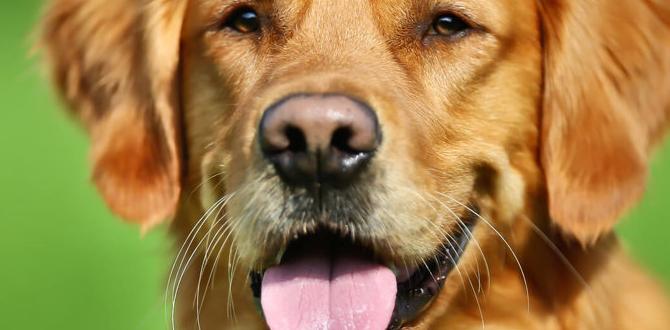Elderly Reactive Dog Solutions: Best Help for Your Senior Canine Companion
Reactive dog solutions in older dogs are a growing concern for many pet owners. As our beloved canine companions age, their energy levels may wane, but their behavioral challenges can sometimes emerge or even intensify. It’s a common misconception that reactivity is solely a puppy or young dog issue. In reality, older dogs can develop or exhibit reactivity for a variety of reasons, and addressing these needs requires a nuanced and compassionate approach. Understanding the underlying causes is the first step towards finding effective strategies to improve your senior dog’s quality of life and your own peace of mind.
The aging process itself can lead to changes in a dog’s sensory perception and cognitive function, which can, in turn, influence their behavior. Declining vision or hearing, for instance, can make a dog feel more vulnerable and anxious when encountering unexpected stimuli. They might startle more easily, leading to barking, lunging, or other outward signs of reactivity. Similarly, cognitive decline, often referred to as Canine Cognitive Dysfunction (CCD), can manifest as confusion, disorientation, and increased anxiety, all of which can contribute to reactive behaviors. Pain, whether due to arthritis or other age-related conditions, is another significant factor. A senior dog in discomfort may become irritable and more prone to reacting negatively to perceived annoyances or threats.
Understanding Senior Dog Reactivity: More Than Just “Old Age”
It’s crucial to differentiate between simply “acting grumpy” and genuine reactivity. Reactivity in older dogs isn’t an inevitable part of aging; it’s a signal that something is amiss. This could be a new environmental trigger they’re struggling to process, a physical ailment they’re trying to communicate, or a behavioral pattern that has been brewing for years and is now exacerbated by age-related changes. Identifying the specific triggers is paramount. Does your dog react only to other dogs on leash? Are certain noises setting them off? Is it strangers entering the house? Pinpointing these precise situations will allow for targeted interventions.
A thorough veterinary examination is always the best starting point. Your veterinarian can rule out or manage any underlying medical conditions contributing to the reactivity. Pain management, for instance, can dramatically improve a dog’s overall disposition and reduce anxiety-driven behaviors. Addressing sensory impairments with auditory aids or making environmental adjustments for diminished vision can also significantly alleviate stress. Once medical issues are addressed, you can focus on behavioral modification and management strategies.
Effective Reactive Dog Solutions in Older Dogs: A Multi-faceted Approach
When seeking reactive dog solutions in older dogs, a combination of environmental management, positive reinforcement training, and lifestyle adjustments often yields the best results. Avoid punishment-based methods, as these can increase fear and anxiety, potentially worsening the reactivity. Instead, focus on building your dog’s confidence and providing them with clear, positive experiences.
1. Environmental Management: This is about preventing your dog from being put in situations where they are likely to react. This might involve:
Creating a safe zone: A comfortable, quiet space where your dog can retreat and feel secure, especially when visitors are present or during stressful events like thunderstorms.
Strategic walks: Walking at quieter times of day or in less populated areas can minimize encounters with triggers. If you know a particular route is problematic, opt for an alternative.
Visual barriers: Using window film on lower panes of glass or strategically placing furniture can prevent your dog from seeing triggers through the windows, which can often initiate barking or agitation.
Leash management: Investing in a comfortable, secure harness and leash, and practicing loose-leash walking techniques, can give you more control and reduce your dog’s stress if an encounter does occur.
2. Positive Reinforcement Training: The goal here is to change your dog’s emotional response to triggers from negative to positive.
Desensitization and Counter-Conditioning (DSCC): This involves gradually exposing your dog to their triggers at a very low intensity, below their reactivity threshold, and pairing the presence of the trigger with high-value rewards (e.g., small pieces of chicken, cheese). For example, if your dog reacts to other dogs, you might start by showing them a dog at a distance where they are completely unconcerned, immediately rewarding them. Over time, you slowly decrease the distance or increase the duration of exposure, always ensuring they remain calm.
Focus exercises: Teaching your dog to focus on you during walks can be incredibly helpful. Commands like “look at me” or “touch” (making nose-to-hand contact) can redirect their attention away from triggers and back to you, reinforcing their bond and your leadership.
Calming techniques: Incorporate activities that promote relaxation. This could include gentle massage, puzzle toys that encourage calm problem-solving, or even specialized calming vests or diffusers.
3. Lifestyle and Well-being:
Appropriate exercise: While older dogs may not need strenuous activity, regular, gentle exercise is vital for both physical and mental health. Short, frequent walks or slow-paced play sessions can help manage pent-up energy and reduce anxiety.
Mental stimulation: Puzzle feeders, scent work games, and learning new, simple tricks can keep their minds engaged and combat boredom, which can sometimes lead to behavioral issues.
Diet and supplements: A well-balanced diet is crucial for senior dogs. Discuss with your vet if any specific supplements could support cognitive function or joint health, which in turn might impact their mood and behavior.
Seeking Professional Guidance
It’s important to remember that navigating reactive dog solutions in older dogs can be challenging. If you’re struggling to make progress on your own, don’t hesitate to seek help from a qualified professional.
Certified Applied Animal Behaviorist (CAAB) or Veterinary Behaviorist (DACVB): These professionals have advanced degrees and specialize in diagnosing and treating complex behavioral problems.
Certified Professional Dog Trainer (CPDT-KA or CPDT-KSA) with experience in senior dog behavior: A good trainer can assess your dog’s specific situation, develop a personalized training plan, and guide you through the process of implementing effective techniques.
By understanding the unique needs of senior dogs and employing patient, positive, and evidence-based strategies, you can significantly improve the well-being of your aging, reactive companion. It’s a journey that requires commitment, but the reward of a calmer, happier senior dog is immeasurable.
Meet Elyse Colburn, the devoted canine companion and storyteller behind the enchanting world of “Tales, Tails, and Adventures Unleashed.” A passionate dog enthusiast with a heart full of paw prints, Elyse Colburn shares heartwarming tales and insightful adventures, celebrating the joy, loyalty, and endless antics that make every dog a true hero. Join Elyse Colburn on this tail-wagging journey, where every post is a love letter to our four-legged friends.






